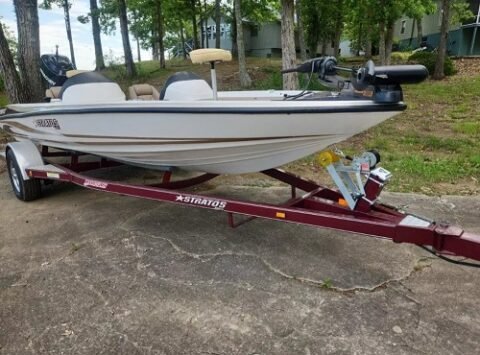Spills in the workplace are more than mere nuisances. They can pose significant risks to health and safety, disrupt operations, and cause environmental harm. The ability to deal swiftly and effectively with spills is essential for businesses operating in industries where liquids are transported, stored, or used. Having the right spill kit on hand is central to an effective spill management strategy.
Understanding the Importance of Spill Management
Effective spill management is critical in maintaining workplace safety and environmental protection. It is not merely a best practice, but a regulatory requirement in many jurisdictions. Failure to mitigate the risks associated with spillages can result in severe repercussions, ranging from hefty fines to irreversible environmental damage and even loss of life.
Identifying Different Types of Spills
Before selecting a spill kit, it is vital to understand the types of spills that may occur. Broadly, spills fall into three categories: oil and hydrocarbon, chemical, and general purpose or universal. Each category requires a specific response due to the unique properties of the substances involved.
Choosing the Right Spill Kit for Your Needs
The choice of a spill kit must be tailored to the specific requirements of a workplace. This involves considering the nature and volume of liquids handled, the potential spill scenarios, and the location’s particular characteristics. The right kit equips responders with the necessary tools to manage spills efficiently.
Oil and Hydrocarbon Spill Kits
Specialised kits designed for oil and hydrocarbon spills are typically used in environments like garages, loading docks, and marinas. These kits contain absorbents that repel water, allowing them to pick up oil-based substances without becoming waterlogged.
Chemical Spill Kits
Chemical spills require kits with materials that can contain and absorb aggressive liquids. These kits are essential in laboratories, hospitals, and industrial facilities where hazardous chemicals are in use. Their absorbents are usually color-coded to indicate compatibility with specific chemical groups.
General Purpose Spill Kits
For workplaces dealing with a variety of liquids, general purpose or universal spill kits are the best fit. They can handle oils, coolants, solvents, and water-based fluids, making them versatile and suitable for a wide range of situations.
Kit Size and Storage
Spill kits come in varying sizes to handle different spill capacities. Small spills can often be addressed with portable kits, while larger spills may demand wheeled units or spill carts for greater mobility and supply quantity. Additionally, the storage of spill kits should be strategic, ensuring they are accessible in the event of an emergency.
Training and Preparedness
Having the right spill kit is essential, but it is equally important to ensure that staff are trained in its use. Regular spill response drills and training sessions can maintain a high level of preparedness, reducing the potential impact of spill events.
Regulatory Compliance
Environmental regulations often dictate specific requirements for spill response. Organizations must ensure that their spill kits and spill response plans align with these regulations to comply legally and operate responsibly.
Maintenance of Spill Response Equipment
Inspecting and replenishing spill kits should be an ongoing aspect of spill management. Using inventory checklists and scheduled inspections ensures that kits are always ready for use and components like absorbents and protective gear have not deteriorated or expired.
Customisation Options
Off-the-shelf spill kits can be a good starting point, but customisation may be necessary for some businesses. Bespoke kits can cater to specific industry needs, ranging from additional personal protective equipment (PPE) to specialised absorbent formulations.
Environmental Responsibility
Beyond compliance, having a robust spill management strategy represents a commitment to environmental stewardship. Effective spill response not only protects ecosystems but also enhances a company’s reputation as a responsible corporate citizen.
Cost Considerations
When choosing a spill kit, cost is a consideration, but it should not be the sole deciding factor. A cheaper kit might seem attractive, but if it fails to perform during a critical incident, the resulting costs could be exponentially higher. Investment in quality spill response equipment is an investment in the safety and integrity of a business.
The Role of Suppliers in Spill Management
Selecting a reputable supplier is an integral part of procuring the right spill kit. Experienced suppliers, such as those that specialize in spill management solutions, can offer valuable advice on kit selection, customisation, and spill response strategies.
Conclusion
Choosing the right spill kit is a multifaceted decision that requires careful consideration of the types of substances a business handles, the volumes and potential spill scenarios, and the regulatory framework. In mastering spill response, organisations must be proactive in their approach to spill management, placing emphasis on both preparedness and the ability to respond rapidly and effectively. By doing so, they safeguard not only their employees and assets but also contribute to the greater good of environmental conservation.
Passionate content writer and savvy blog publisher, Aamir crafts compelling stories and insightful articles that captivate and inform. With a knack for blending creativity and strategy, they bring fresh perspectives to every piece. Dive into their world of words and discover content that resonates.





